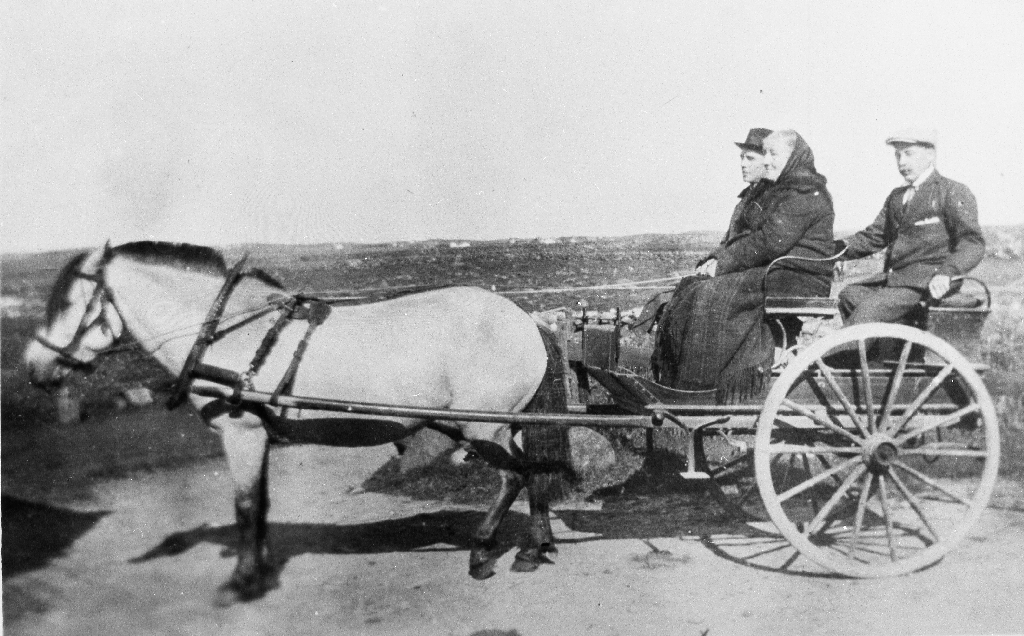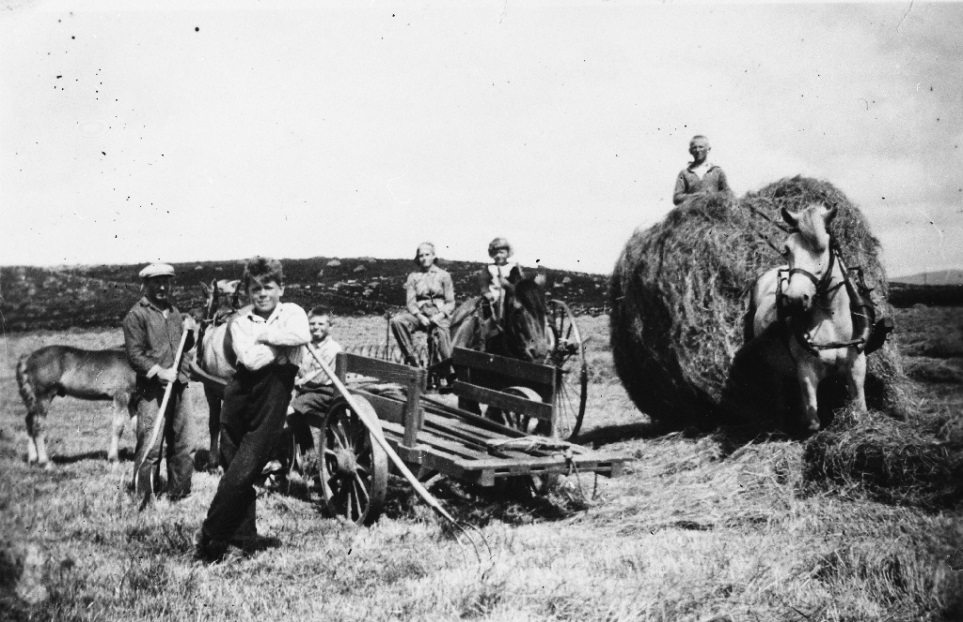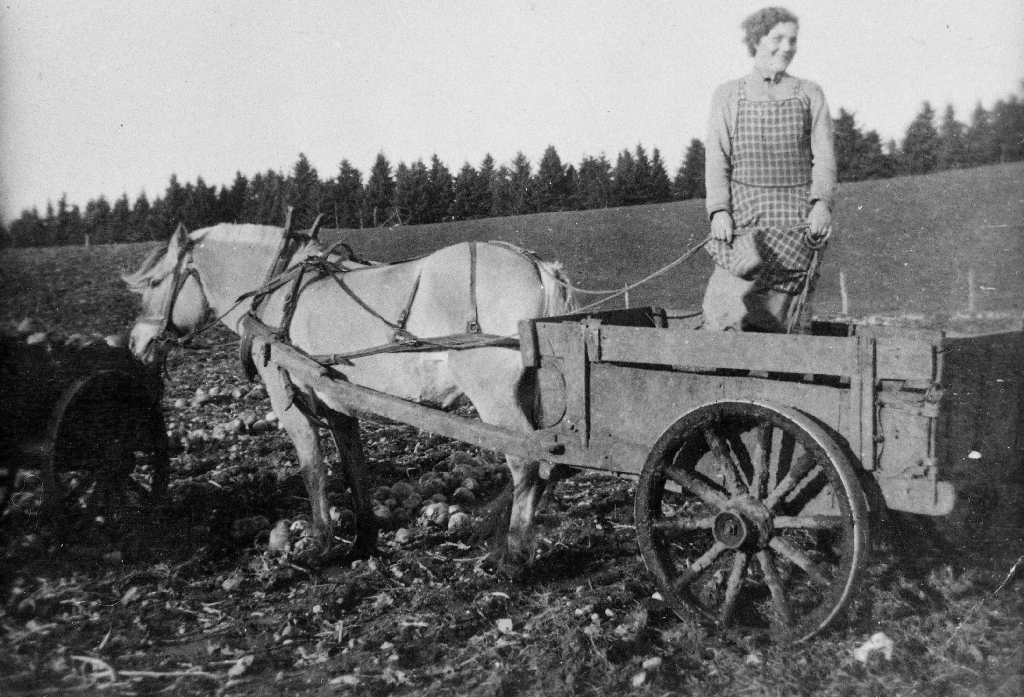Jærmuseet is a family of museums at 13 different locations across the Jæren region as well as the regional science center for Southwest Norway. Jæren is a traditional district in Rogaland county, Norway, and the largest flat lowland, including the Stavanger Peninsula, so strongly connected to the farming industry, due to its long crop period and a varied and well-developed livestock production.
Jæren is home to one of the largest producers of agricultural machines in the world, the Kverneland Group. Petroleum is also an important economic activity and the headquarters of the country’s largest oil company Statoil are in Jæren, as are regional offices of other international petroleum companies. Time, with its library, is one of the major towns in Jæren. (https://en.wikipedia.org/wiki/J%C3%A6ren)
Horse-driven transport in agriculture
Jærmuseet has a collection of a few horse-drawn wagons, and somewhat more two-wheeled carts. They were used for a multitude of purposes at Jæren. In the spring, carts transported manure out onto the field, in the autumn they carried the produce back to the farm. In between, they put in a seat for one or two persons and drove to the shop.

Some people had a better “town cart” for going to church and other more prestigious business. In other parts of Norway, with more prosperous farms, the selection of wagons and carts would have been larger.
Horse-driven transport was not common in agriculture until the 19th century, with the building of roads between farms and valleys. At Jæren they used the spade and not the horse-drawn plough in the fields. During the 19th century, they started to clear the fields of stones, and that cleared the way for the horse and carts in agriculture.


Målfrid Grimstvedt, Head curator, Head Curator, Jærmuseet, Nærbø, Norway
